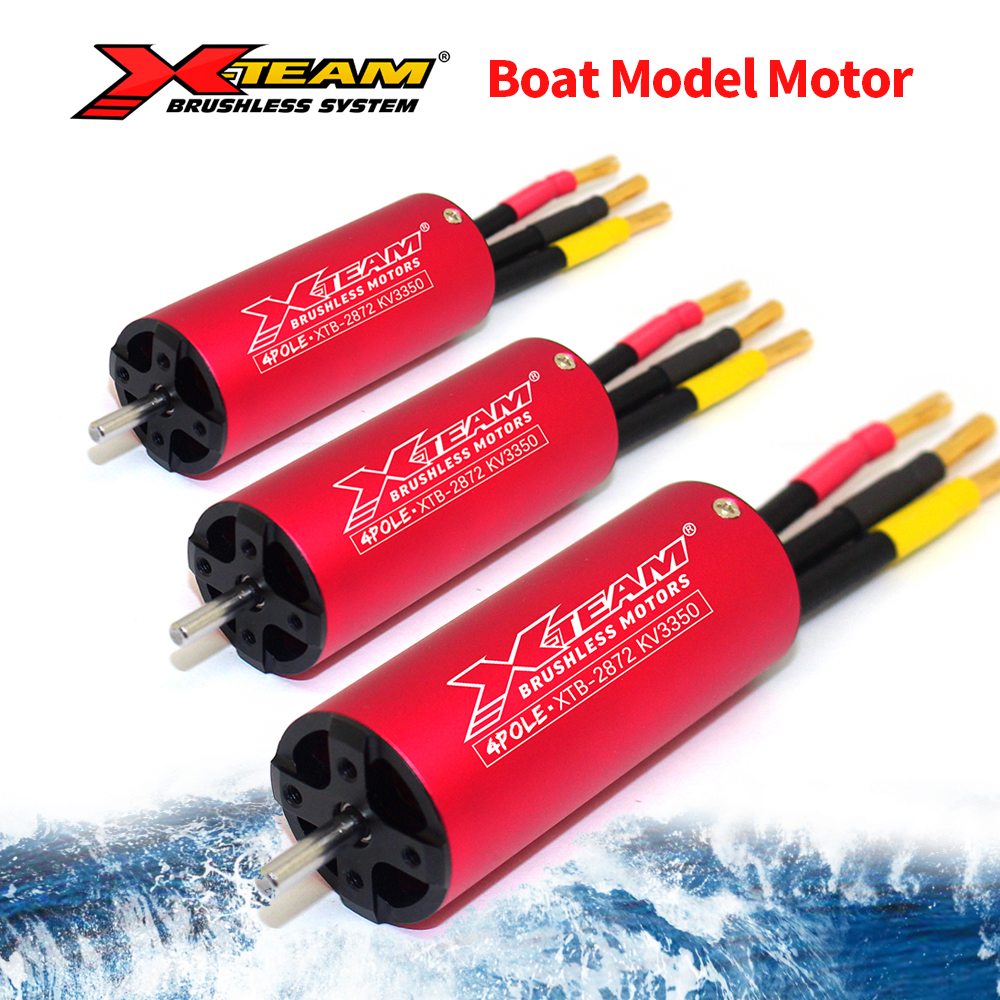26
Jul
How do you control the speed of a dc motor?
How to Control the Speed of a DC Motor
Controlling the speed of a DC motor is a key technology in industrial drive systems, with implementation methods closely linked to the motor’s operating principles. The speed of a DC motor is primarily determined by three factors: armature voltage, armature circuit resistance, and magnetic flux. Corresponding control methods have been developed based on these factors.

Armature Voltage Control Method
The armature voltage control method is widely applied in practice. According to the motor speed formula ( n = (U – Ia Ra) (Ce Φ) ) (where ( n ) is speed, ( U ) is armature voltage, ( Ia ) is armature current, ( Ra ) is armature resistance, ( Ce ) is a constant, and ( Φ) is magnetic flux), when other conditions remain unchanged, reducing the armature voltage decreases the speed, while increasing the voltage increases the speed. This method typically uses a DC chopper (such as a PWM controller) to adjust the average voltage applied to the armature by changing the duty cycle of the pulse signal.
PWM Control: Core of Armature Voltage Regulation
PWM (Pulse Width Modulation) control, as a core technology in armature voltage regulation, operates by switching the motor power supply on and off at high frequencies. In each switching cycle, the ratio of on-time to total cycle time is called the duty cycle. For example, with a 10ms cycle and 6ms on-time, the duty cycle is 60%. The average voltage received by the motor equals the product of the power supply voltage and the duty cycle. When the duty cycle increases, the average voltage rises, increasing motor speed; when it decreases, the average voltage drops, reducing speed.
PWM control offers several notable advantages. Firstly, it achieves high efficiency, as switching devices (like MOSFETs or IGBTs) in the PWM controller have low on-resistance, resulting in minimal power loss during on and off states. Secondly, it has a fast response speed. The high switching frequency (usually a few kilohertz to tens of kilohertz) ensures the motor speed can quickly adjust to duty cycle changes, making it suitable for dynamic speed control scenarios. Thirdly, it provides precise speed regulation. By continuously adjusting the duty cycle with high resolution (up to 16 bits in some controllers), very fine speed increments can be achieved. Additionally, it is compatible with digital control systems, easily integrating with microcontrollers, PLCs, and other digital devices to implement complex speed control algorithms, widely used in servo systems, electric vehicles, and precision conveyors.
Electronic Speed Controllers (ESCs)
Electronic Speed Controllers (ESCs) are specialized devices integrating PWM control and various protective functions, widely used in DC motor speed regulation, especially in drones, RC cars, and small industrial equipment. Their core function is to receive low-voltage control signals (typically 50Hz PWM signals, with pulse widths of 1000μs-2000μs corresponding to 0-100% speed) and convert them into appropriate voltage or current outputs to drive the motor.
Internally, an ESC consists of a signal processing module, a power conversion module, and a protection module. The signal processing module decodes input control signals to determine the target speed, then generates a corresponding PWM signal for the power conversion module. The power conversion module, composed of MOSFET arrays, amplifies the PWM signal to provide sufficient power to the motor, adjusting the average voltage according to the duty cycle for speed regulation. The protection module monitors parameters like overcurrent, overvoltage, undervoltage, and overheating in real-time; if an abnormality is detected, it immediately cuts off the power supply to prevent damage to the motor or ESC.
ESCs are highly adaptable, supporting various DC motor types including brushed and brushless DC motors (with corresponding internal circuit adjustments). They often have a built-in voltage regulator to power control circuits (e.g., a drone’s flight controller) using the main battery, simplifying system wiring. In multi-motor systems (such as multi-rotor drones), ESCs can synchronize speed responses across motors via unified signal input, ensuring stable system operation.
Armature Resistance Control Method
The armature resistance control method regulates speed by connecting additional resistors in series in the armature circuit. Increasing the total resistance of the armature circuit reduces the armature current, thereby lowering the motor speed. However, this method has significant energy loss due to power consumption on the additional resistors and a limited speed regulation range. It is now mostly used in low-power, infrequently adjusted applications, such as small lifting equipment.
Flux Control Method
The flux control method adjusts speed by changing the magnetic flux of the motor’s field winding. As speed is inversely proportional to magnetic flux in the formula, weakening the flux (reducing field current) increases speed, while strengthening it decreases speed. This method is typically implemented by adjusting the field winding voltage via a field controller. It is suitable for scenarios where the motor needs to run above the rated speed, but excessive flux weakening may affect commutation performance and overload capacity, requiring careful operation.
Integration with Modern Control Technologies
Modern control technologies, such as closed-loop feedback control, are often combined with the above methods to enhance speed control accuracy. By installing speed sensors (like tachogenerators or encoders) to detect actual speed and comparing it with the set speed, the control system adjusts the armature voltage or magnetic flux in real-time via a regulator, ensuring stable operation at the desired speed.
Conclusion
Each DC motor speed control method has its applicable conditions, and selection should be based on specific requirements such as speed range, efficiency, and accuracy.